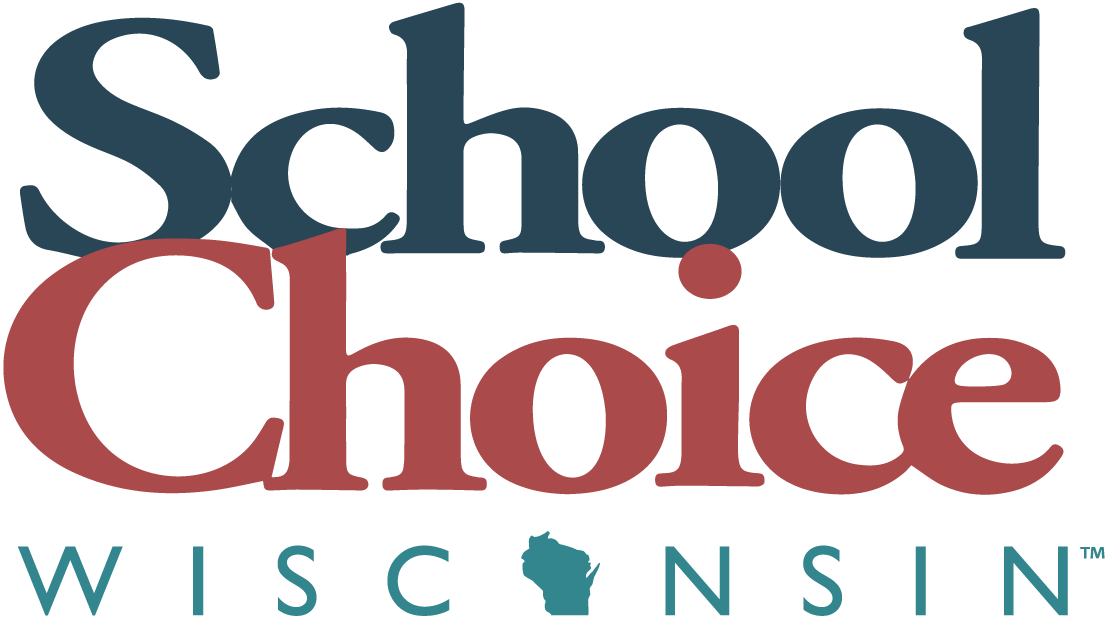Sahara Aden at St. Joan Antida in Milwaukee
| Share this post: |
Sahara Aden is a St. Joan Antida success story. Aden graduated from the all-girl, Catholic school in Milwaukee earlier this year and just completed her first trimester at Milwaukee School of Engineering, studying electrical engineering.
“I don’t think I’d choose this path without the choice program,” she said in an interview.
Ninety-eight percent of St. Joan’s enrollees are choice students, meaning many come from low-income households.

“My family wanted private schools because private schools take education seriously. They offer a more rich education and prepare me for my future,” said Aden, of Milwaukee.
But her family couldn’t afford the tuition. Her parents, born in Somalia, never went to school. Aden was born in Kenya and came to the United States with her family at age 9. Her parents had nothing. Half of her 14 siblings never went to school or dropped out.
“I’m doing whatever I can with whatever opportunity I get to make my life better. I want to do the same thing for my brothers. I’m changing the trend in my family,” she said.
Head of School Paul Gessner has set out to make St. Joan’s a school where parents want to send their daughters.
“It doesn’t matter if it’s a choice or a public school. If you’re not performing, you shouldn’t demand kids attend,” says Gessner, who taught in public schools for 15 years before taking over at St. Joan’s in 2012.
The school has 170 enrollees this year. More than 90 percent are Latina or African-American; 94 percent graduate; more than 85 percent go on to higher education.
By comparison, Milwaukee Public Schools has a graduation rate of less than 60 percent.
The school employs a rigorous international baccalaureate program. Every ninth-grader takes Introduction to engineering design. Five engineering classes are offered. Students study environmental science, biology and chemistry. Algebra, geometry and trigonometry as well as English literature, world language, history and visual art are graduation requisites.
Over the course of two years, students are expected to perform 150 hours of community service. Seniors must write a 4,000-word original research paper or literature review. That, along with mentorship from an alum, sets many girls on the path to achievement.
“Counseling and tracking are key,” Gessner said. The girls who don’t go on to higher education indicate they can’t because their families need them to work. With encouragement, they might figure out a way to go to school part-time or discover other creative ways to keep learning.
Aden, who juggled two jobs throughout high school to help her family, continues to go to school, work and volunteer. Guidance counselors also keep track of the girls in college and support them along the way.
MSOE partners with St. Joan’s, accepting girls who might not perform well on the ACT, providing an academic bridge for future success. Nine graduates are currently enrolled in the program, including Aden.
When the girls first walk through St. Joan’s doors, many score under the 20th percentile on standardized tests in reading, math and writing. Because the campus is small, with an average class size of 14, the teachers formulate individualized, targeted work for their students.
Tailor-made education makes a difference, and it made a difference for Aden.
“My math and chemistry teachers taught me in a way I can learn. Because of that, I enjoy doing what I do. I came in with low confidence in being able to do math.”
School choice turned Aden’s dreams into reality.
“If not for the choice program, I wouldn’t have gone to St. Joan’s, and I wouldn’t be an engineer,” she said.
Liz Tolsma is a New York Times bestselling author from Washington County. She wrote this for the Wisconsin Policy Research Institute. School Choice Wisconsin received permission to reprint this article.
| Share this post: |
 Skip to content
Skip to content